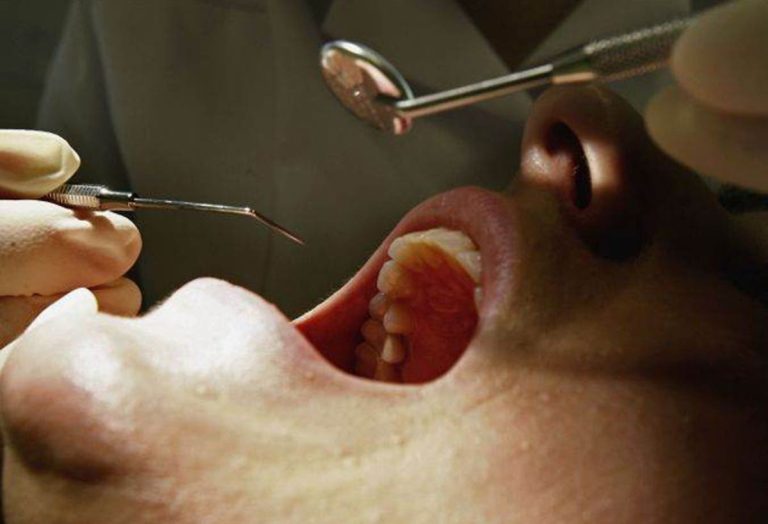Unscrupulous dentists boost their profits by using cheap, potentially dangerous, fake gold crowns and bridges on unsuspecting patients, The Independent on Sunday can reveal.
Dental laboratories across the country manufacture thousands of gold-coloured dental implants each year for NHS and private dentists at a fraction of the price of real gold. Although some patients may agree to the cheaper metal to save money, NHS dentists are not allowed to use the controversial copper-aluminium-based alloys which corrode and release potentially toxic metal ions into the mouth.
There is no way of knowing how widespread the use of fake gold fillings has become as the NHS no longer collects information about it. And, increasingly, dentists are importing cheaper products from countries like China.
Seven out of 30 dental practices called undercover by The IoS last month said the dentist would discuss the cheaper gold-like options face-to-face. This is against the law.
Farshid Azar, a dentist, was ordered to be made redundant last month after being found guilty of claiming thousands of pounds for NHS dental work he never carried out and of not acting in the best interests of his patients. This followed a criminal conviction in 2007 on 10 separate counts of obtaining money by deception, which included the fraudulent use of counterfeit gold alloys.
Under the new dental contracts introduced in 2006, dentists are paid a monthly salary in return for a pre-agreed number of units of dental activity (UDA). A crown or bridge counts for 12 UDAs, worth £190. This payment covers all material costs, which means that the cheaper the lab work, the more profit the dentist makes.
At least one million crowns, dentures and bridges are fitted to patients in the UK each year, of which 50,000 to 100,000 are made overseas, according to the Association of Dental Laboratories. While UK lab technicians are regulated by the General Dental Council, dentists can bypass this safety net by using cheaper, unregulated foreign laboratories. Most patients have no idea where their crown or denture is made, by whom or what.
The IoS has learned that a major dental alloy supply company sells between 1kg and 2kg of fake gold to laboratories every month – enough to make more than 1,000 crowns. One workshop owner admitted he was making around 150 gold crowns each month for NHS dentists across an area including Sussex, Berkshire and Wales.
Richard Daniels, chief executive of the DLA, said: “Most people will need a crown or a bridge at some point, so it’s not a matter of if you’re going to have one, but when. It’s a matter of Russian roulette. In terms of what you put in your mouth, which is completely unacceptable in this day and age.Patients would be much better protected if the MHRA [Medicines and Health products Regulatory Agency] It properly and proactively policed dentists and analyzed the dental implants inserted each year.”
The materials used for the teeth must be strong enough to withstand the attack of saliva and bacteria. Fake gold alloys first appeared on the market when gold prices began to soar in the 1990s. At the time, there was no internationally accepted way of testing their corrosion resistance.
An internationally accepted safety test has since been introduced which shows that the vast majority of gold alloys on the market are hundreds of times more corrosive than precious metal alloys.
But new EU rules aimed at forcing dentists to give patients written information about the composition and source of their dental device have been weakened after pressure from the MHRA, which said it would struggle to enforce them.
The NHS’s anti-fraud agency is investigating two separate cases following tips from whistleblowers, but is largely dependent on the co-operation of lab owners over whom they have no jurisdiction.

